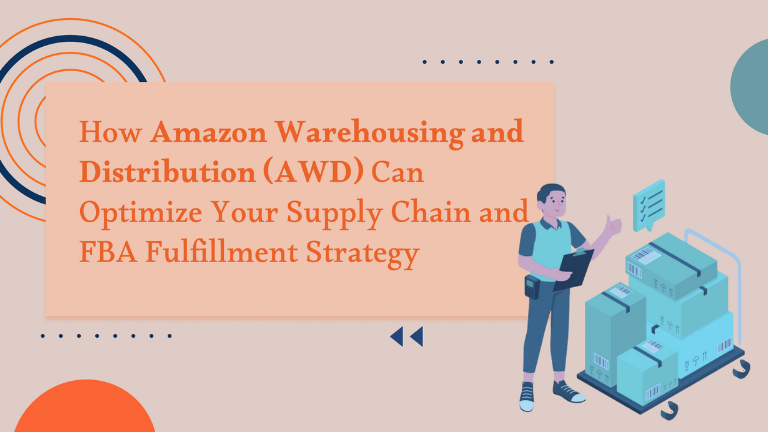Revolutionizing Retail: How Augmented Reality is Transforming the Shopping Experience
Retail is undergoing a dramatic transformation, thanks to the rise of Augmented Reality (AR). This innovative technology is bridging the gap between digital and physical shopping experiences, creating more immersive and interactive ways for consumers to engage with products before making a purchase. In this blog, we’ll dive into how AR technology is reshaping retail, the key applications and benefits of AR in shopping, and how businesses can leverage AR to enhance their customer experience and drive higher conversions. What is Augmented Reality in Retail? Augmented reality overlays digital elements onto the real world through devices like smartphones, tablets, or even AR glasses. Unlike virtual reality, which creates an entirely digital environment, AR enhances what the user already sees with added information and features. For example, consumers can use AR to try on shoes virtually, place furniture in their homes to visualize fit, or even see product details through interactive images. AR in retail has the potential to increase engagement, reduce returns, and enhance decision-making by providing more information in a fun and interactive way. Key Applications and Benefits of AR in Retail Virtual Try-Ons Virtual try-ons are a powerful application of AR in the fashion and beauty sectors. By using AR, customers can try on shoes, eyewear, or apparel digitally, giving them a better sense of how the items will look or fit before they make a purchase. This leads to reduced return rates and increased customer satisfaction. Home Furnishing Visualization One of the most popular uses of AR is for home furnishing retailers. AR apps let consumers see how furniture or décor will look in their own space, providing them with more confidence in their purchasing decision. This has become a game-changer for customers who may have previously hesitated due to uncertainty over how the items would fit in their homes. Enhanced Customer Engagement AR creates an interactive and engaging shopping experience that keeps customers more invested in the purchasing process. This increased engagement leads to higher conversion rates and better customer retention. AR also gives sellers a competitive edge, attracting tech-savvy consumers who appreciate new, innovative shopping experiences. The Future of Augmented Reality in Retail As AR technology continues to advance, we can expect to see even more sophisticated applications for retailers: Improved product visualizations that offer even more realistic displays Integration with artificial intelligence (AI) to offer personalized shopping experiences Widespread adoption of AR tools across various retail sectors Enhanced hardware like AR glasses that make AR more accessible and convenient for consumers The future of augmented reality in retail is bright, with more innovative solutions on the way to improve the customer shopping experience. How Big Internet Ecommerce Can Help At Big Internet Ecommerce, we help businesses integrate AR technologies into their retail strategies to enhance engagement, reduce returns, and boost conversions. We assist with: AR tool integration to create engaging product experiences Optimization of AR experiences for mobile and desktop platforms Training your team to leverage AR for marketing and product visualization Ready to revolutionize your retail experience? At Big Internet Ecommerce, we specialize in helping businesses integrate augmented reality to create more engaging, interactive, and effective shopping experiences. Book your consultation today to explore how AR can enhance your sales and customer satisfaction. Follow BIE on Instagram & Linkedin to stay updated with the trends.
Revolutionizing Retail: How Augmented Reality is Transforming the Shopping Experience Read More »











